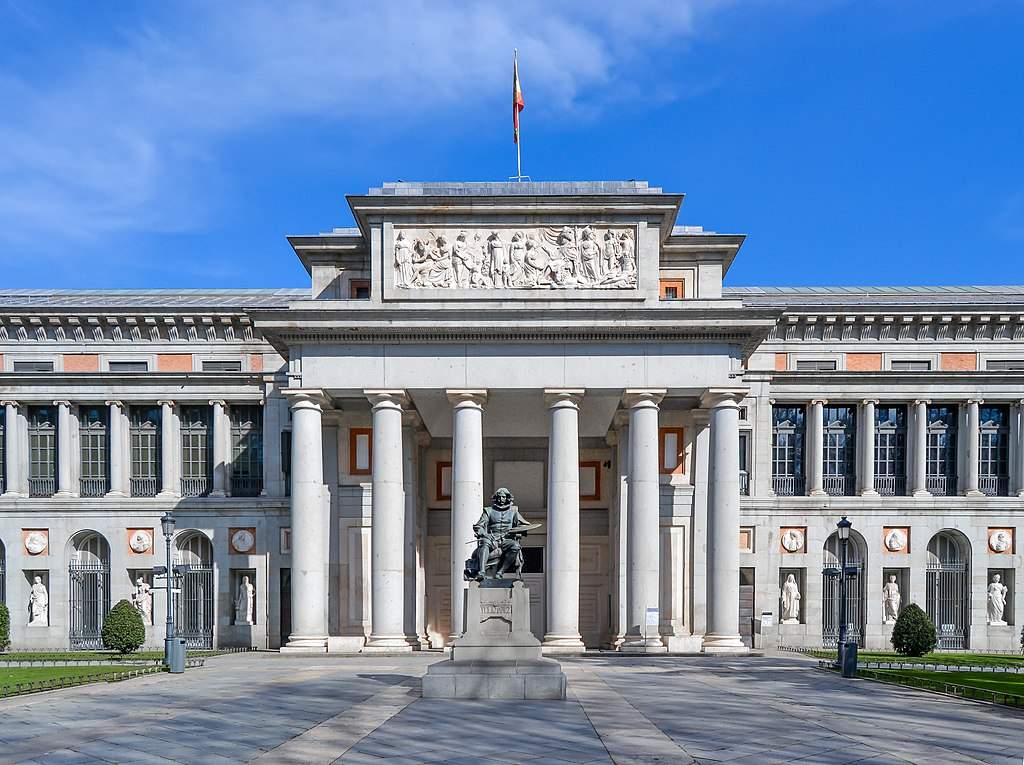But in other countries what are they doing with museums, cinemas and theaters? Some are already reopening them
With the entry into force of the Dec. 3 dpcm, the closure of museums, exhibitions, cinemas, theaters, and concert halls has been extended until Jan. 15, and the government for now has not uttered a single word about culture, neither in President Giuseppe Conte’s press conference last night nor in the hours that followed (not even comments from Cultural Heritage Minister Dario Franceschini were received). At the moment, Italy is among the rare European countries that are not planning to reopen places of culture: in some parts of the continent, activities have reopened, and in countries where everything is still closed, at least the reopening is planned. So how are the countries of Europe doing as the second wave of Covid-19 is weakening?
The only exception among the big countries at the moment is Germany, which in the past few hours has decided to extend the partial lockdown until January 10 (with some exceptions: for example, in Thuringia the closure of theaters is in effect until January 31): museums, cinemas, theaters and cultural venues are closed there as well. In compensation, however, Germany has announced that it has scheduled a date (Jan. 4) when the government will meet with the states (the federal states) to make further decisions. In France, on the other hand, there are already dates for possible reopenings: December 15 has been designated as the date for the end of the confinement for museums, monuments, cinemas and theaters that will reopen their doors to the public subject, of course, to the regulations we all know by now (spacing, sanitation and so on), and provided that the epidemiological situation allows it. President Emmanuel Macron has indicated what the conditions must be that will allow the reopening: a number of new daily cases of less than 5,000 and a number of people admitted to intensive care between 2,500 and 3,000. At the moment, things are going well: the November 7 peak (86,852 cases) is long gone, and in France we are traveling around an average of 12 to 13,000 new cases per day, while as for those hospitalized in intensive care, to date there are 3,425 nationwide.
In Spain, closures are determined according to a “traffic light” (as it is called in the press) similar to Italy’s system of yellow, orange and red zones. In the Iberian country, there are four levels of severity (1 or “low,” 2 or “medium,” 3 or “high,” 4 or “extreme”) and again they change on a regional basis, with the possibility of variations at the municipal level. At present, the only autonomous community (which we can consider a kind of homologue of our regions) marked low risk is the Canary Islands, while Asturias, Cantabria, the Basque Country, La Rioja and Aragon are marked extreme risk. In contrast to Italy, where cultural sites close everywhere regardless of risk level, measures in Spain are more refined: for low risk level, no limit for museums, libraries and archives, which remain open, and maximum capacity of 75 percent for cinemas and theaters; for medium risk communities, the measures are similar to level 1, except that museums, libraries and archives open to 75 percent of capacity; for high risk, 50% capacity for all; for extreme risk, measures identical to Level 3 with the possibility of additional exceptional restrictions (in some communities, for example, total closure of museums and cinemas has been ordered). Thus, in Spain, several museums never closed during the second wave, and despite this, the epidemic trend at the moment is better than in Italy, with about half as many new cases per day.
In the United Kingdom, where the situation is improving, there is, as in Italy and Spain, a system of varying levels. The English system is very similar to Italy’s: three tiers of alert on a local basis, plus restrictions that apply to the whole country. In territories marked Tier 1 (the low risk level), all cultural venues remain open, but are ordered to close at 11 p.m., with the exception of cinemas, theaters and concert halls, which are granted an exemption for shows that begin before 10 p.m. There is, however, a limit on the capacity of shows: 50 percent of the maximum capacity, and shows can still accommodate no more than 4,000 spectators if outside and 1,000 if inside. For Tier 2 (medium risk), the rules are the same as for Tier 1 (so culture is open everywhere), except that the maximum capacity for outdoor shows is reduced to 2,000 spectators. Finally, Tier 3 (high risk) involves the closure of museums, galleries, cinemas, theaters, and concert halls. Libraries, on the other hand, remain open everywhere.
Museums, on the other hand, are open (although not everywhere, there are differentiations based on the local situation) in several other countries: in Switzerland and the Netherlands for example. In Belgium, closures vary on a local basis, and in some areas (e.g., Brussels) the green light has been given to reopen, and the same is true inAustria, where museums were closed but will reopen (as will libraries) starting December 7. Italy is, in essence, one of the rare countries that not only has not planned to reopen, but is not even considering the problem.
Pictured: the Prado Museum in Madrid. Ph. Credit Emilio J. Rodríguez Posada
 |
| But in other countries what are they doing with museums, cinemas and theaters? Some are already reopening them |
Warning: the translation into English of the original Italian article was created using automatic tools. We undertake to review all articles, but we do not guarantee the total absence of inaccuracies in the translation due to the program. You can find the original by clicking on the ITA button. If you find any mistake,please contact us.




























